You’ve undoubtedly heard of Minnie the Moocher and maybe even Willie the Wimp. Well, now we can turn eyes brimming with admiration towards a new hero, a supreme shorebird who just flew 3,200 miles (5,000 kilometers) over a span of no more than 146 hours. Presenting Winnie the Whimbrel!
The reason we know about this epic journey is that Winnie was wearing a wire, actually a state-of-the-art satellite tracking device, courtesy of researchers from the College of William and Mary’s Center for Conservation Biology and The Nature Conservancy. The result is a bird’s-eye-view of this record-setting migration of a shorebird from feeding grounds on the Delmarva Peninsula to breeding grounds on the McKenzie River near the Alaska-Canada border.
Bryan Watts, director of the Center for Conservation Biology, puts this accomplishment in context:
This discovery sets a new distance record in the flight range of this species and highlights the hemispheric importance of the Delmarva Peninsula as a staging area for migratory shorebirds. The flight documented this spring challenges some long-held assumptions and raises several new questions about whimbrel ecology.
According to the press release from The College of William & Mary, Winnie surprised scientists by making a transcontinental flight, northwest toward Alaska, rather than taking the route expected for a bird belonging to the eastern population of whimbrels.
Winnie’s flight shows at least some of the birds are migrating much longer distances than scientists had thought, a revelation that highlights the area’s value as a feeding station between the birds’ tropical wintering grounds and their Canadian breeding areas.
The discovery that whimbrels use (the seaside of the Delmarva Peninsula) as a terminal staging area before embarking on a transcontinental flight suggests that the site is uniquely suited to provide the tremendous amount of energy required to prepare birds for such a flight.
Whimbrels (Numenius phaeopus) are widespread shorebirds, suitably drab but distinguished by their long, hooked bills and bold crown stripes. In addition to setting a distance record, Winnie also set a record for size, weighing 1.4 pounds (640 grams), which Watts said is 40 percent more than any other whimbrel recorded.
Images courtesy of The Center for Conservation Biology


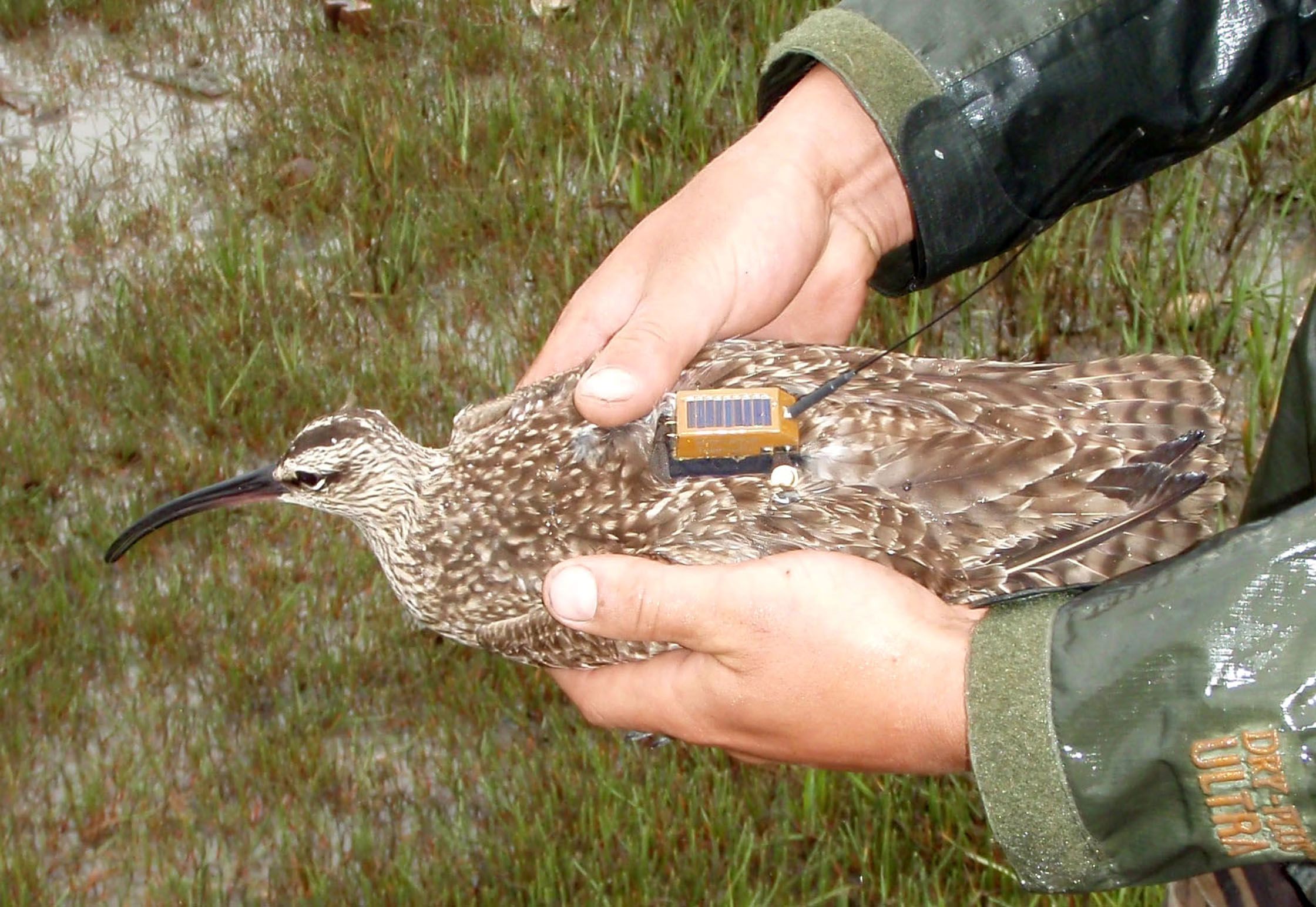





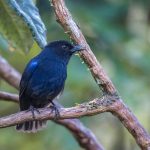
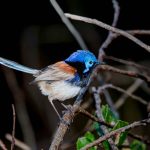
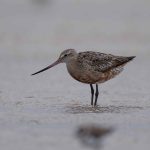
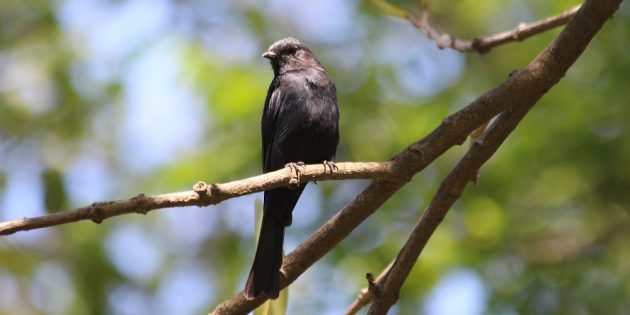

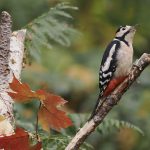
I do not understand why scientists seem to get amazed over things like this. Can a bird fly over 500 miles a day? Of course they can. Let me explain,
see birds have feathers and wings plus hollow bones. This in combination with physical characteristics enable birds the ability to fly. The thing about flying is that it’s mostly line of sight. Once you have the altitude that enable a favorable wind (nice tail wing) your really just coasting along.
I hate to be sarcastic here, distance is not anything surprising. Navigation is another matter.
My name is Willie and I am, most certainly not a wimp.
However this story is interesting, I think it would be interesting to go back through Rare Bird Alerts over those dates to see if Whimbrel was reported at those locations. If not, it really shows that more birds pass overhead and only briefly land than an entire army of birders can find.
That is to me, Amazaing.